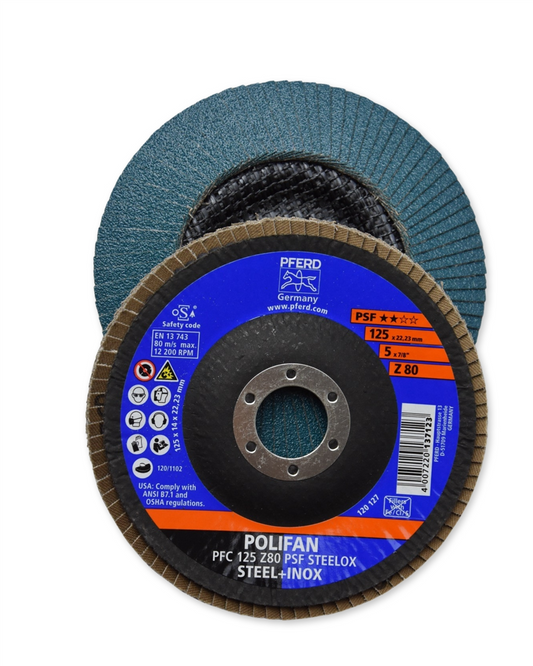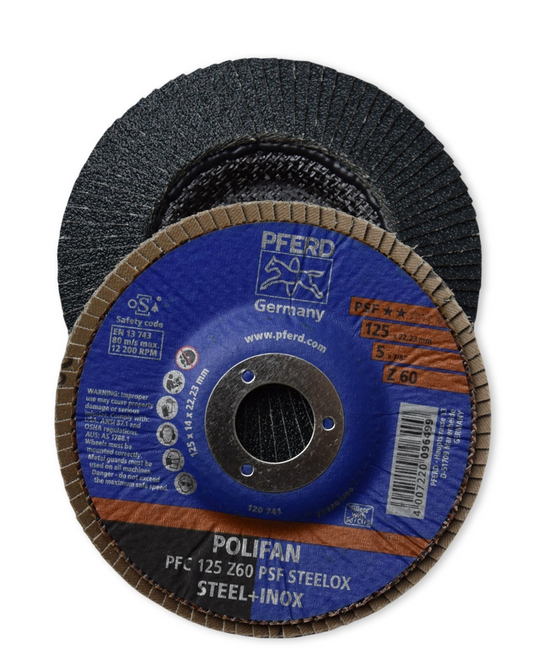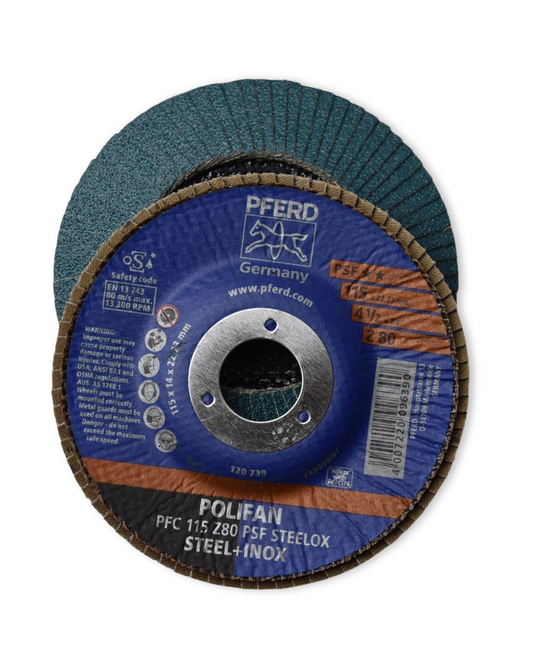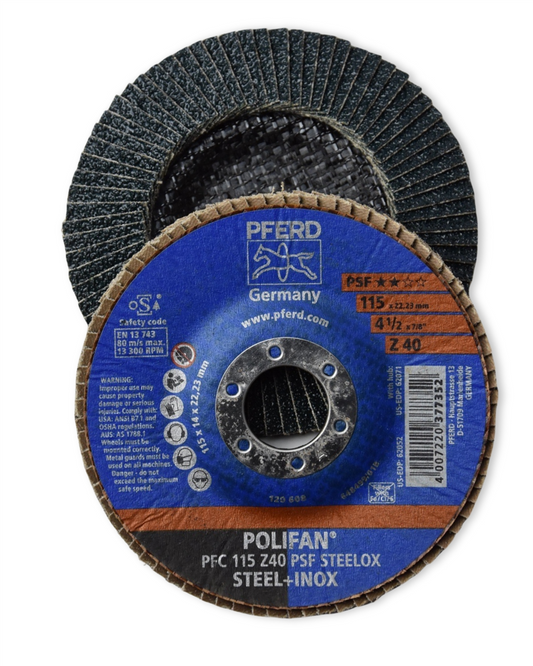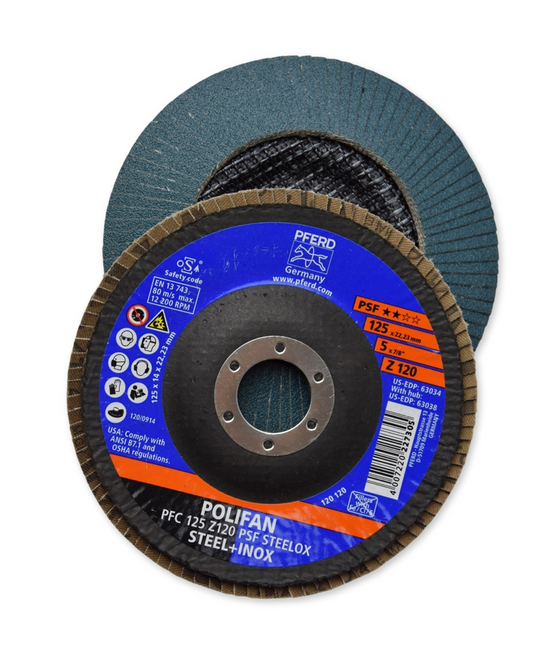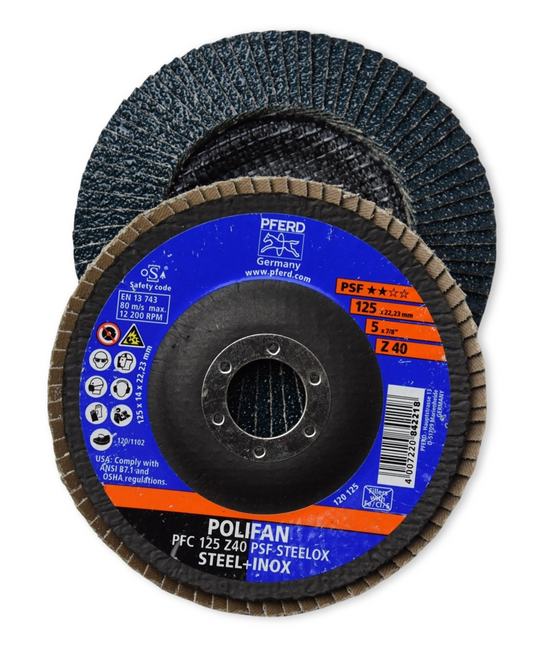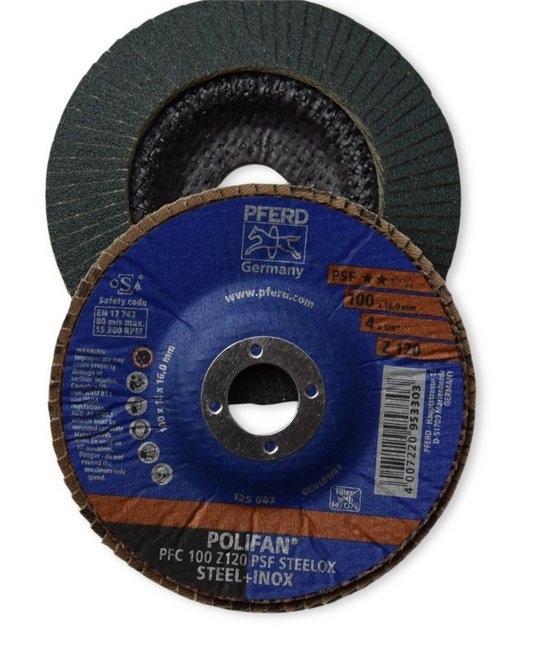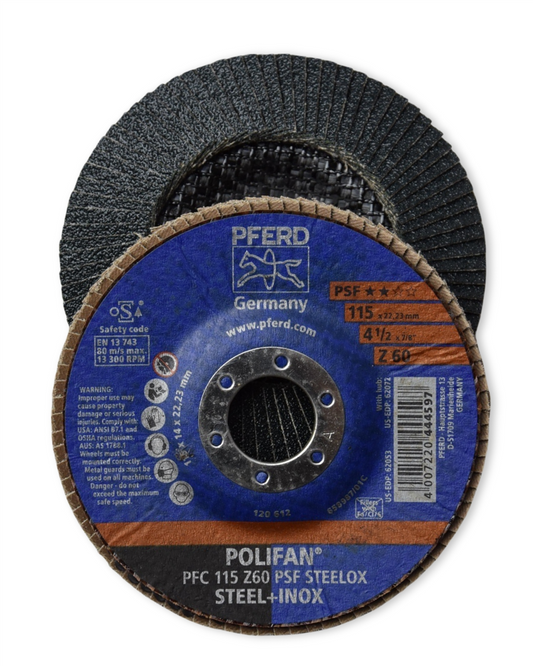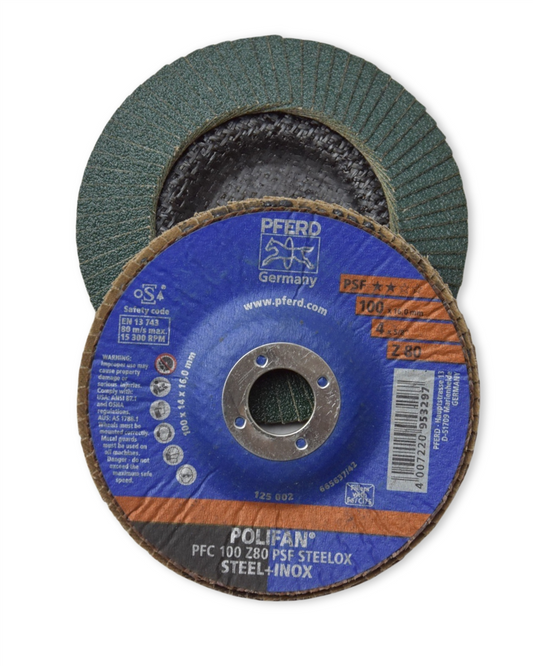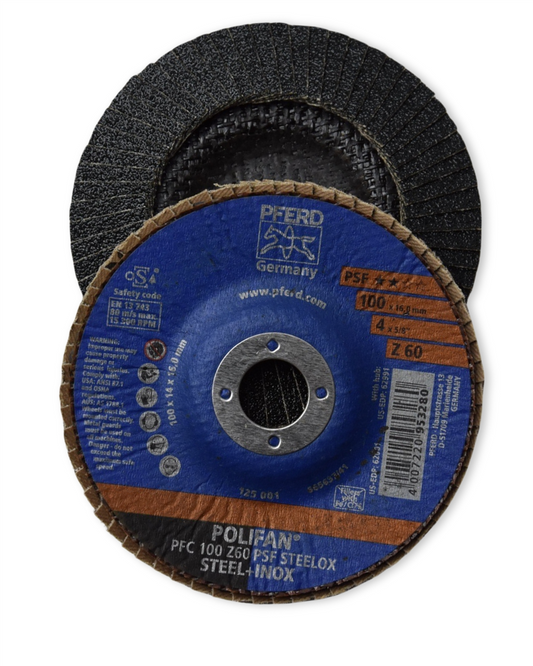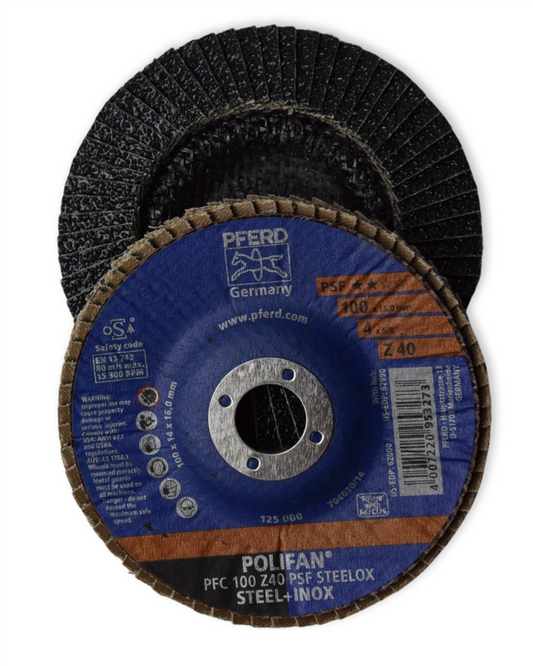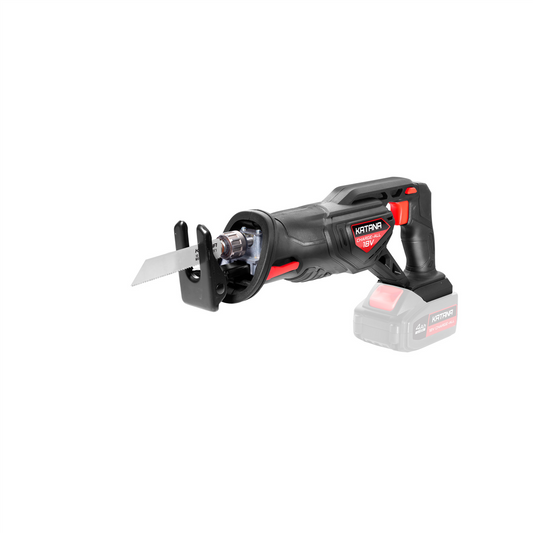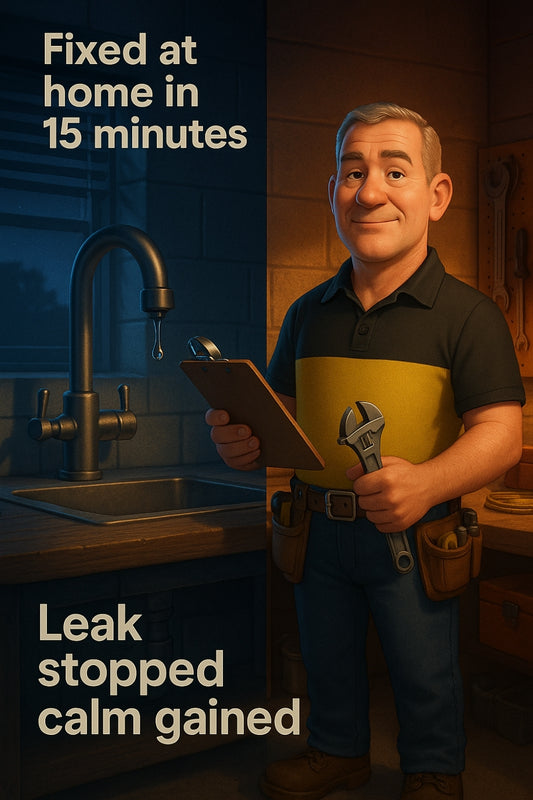What is mortar mix?
Share

Let’s talk about mortar mix. Whether you’re bricking up a dream home, laying down the foundation for your latest project, or patching up a spot that’s taken a hit from years of wear and tear, mortar mix is one of those staples that keeps things standing tall and looking sharp. So, what exactly is it? Let’s break it down—simple, practical, and to the point, just like your toolbox.
Let’s Start with the Basics: What Is Mortar Mix?
Mortar mix is a combination of cement, sand, and water (sometimes with a sneaky little additive thrown in to spice things up—more on that later). It's essentially the glue that binds bricks, blocks, and stones together. But it’s not just any glue; this stuff is tough as nails when it sets. You’re left with a rock-solid bond that can withstand time, weather, and even a disgruntled client wondering why the color doesn’t exactly match their Pinterest inspo board!
Now, don’t confuse it with concrete—close cousins, yes, but not twins. Mortar is designed to hold materials together, while concrete is more about forming a strong structure on its own. Think of it this way: if concrete is the bricklayer’s muscle, mortar is the charm that ties everything together.
The Main Ingredients (and What Each One Brings to the Party)
Here’s a quick rundown of what’s in your mortar mix and why it matters:
- Cement: The powerhouse binding agent. Without it, your sandy mix would crumble like a shortbread biscuit.
- Sand: Provides structure and volume. Depending on the type of sand (fine or coarse), you’ll get a different consistency and workability.
- Water: The magic ingredient that combines everything and kickstarts the hardening process. The right amount is crucial—too much and you’ve got soup, too little and you’re wrestling with crumbly sludge.
- Additives (if needed): You might see lime or plasticisers tossed into the mix. Lime helps with workability and cracking resistance, while plasticisers make the mix smoother and easier to spread. Like adding a splash of milk to your morning coffee, it’s not always necessary, but boy, does it help some days.
The Different Types of Mortar Mixes
Not all mortar mixes wear the same hat. Depending on your project, you’ll want to pick the right type. Here are the main players:
1. Type M
The heavyweight champ of mortar mixes. With a higher cement content, it’s your go-to for structural projects like retaining walls, below-ground foundations, and anything that bears serious weight.
2. Type S
This one’s a favourite on job sites. It’s strong but flexible, making it a solid pick for laying bricks and blocks in areas catching strong winds or minor movements (hello, footings and patios).
3. Type N
Showing up for the everyday mortar jobs, Type N is your versatile all-rounder. Perfect for above-ground applications like walls, chimneys, and general masonry. If you’re after something standard and reliable, this is your bloke.
4. Type O
O for ornamental. It’s not the toughest mix in town, but for repairs or non-structural work, it’ll do the job.
Why Using the Right Mortar Mix Matters
Ever tried using the wrong tool for the job and spent twice as long fixing it? Same idea applies to mortar mix. Choose the wrong type, and you’re in for a world of hassle. Structural damage, cracking, and even an irate client standing in mud—they’re the nightmares every tradie wants to avoid.
A stronger mix isn’t always better. For instance, a heavy-duty Type M mix used on a plain brick veneer can lead to cracks because it’s too rigid for an application that needs a little flexibility. Match the mix to the project, and you’ll save yourself time, money, and unnecessary headaches.
Tradesmen Tips: Handling Mortar Mix Like a Pro
Right, so you’ve got the right mix, now how do you handle it?
- Get the ratio right: Know your 3:1:1 ratios (sand, cement, lime) or whatever your job calls for. It’s the backbone of a successful mix.
- Timing is everything: Don’t mix up more mortar than you can use in an hour. Once it sets, it’s game over, and you’re back to square one.
- Keep things clean: Dirty tools and contaminated water can mess with the finish. Keep your tools sharp and clean, just like your cutting edges.
- Weather watch: Too hot, too cold, too windy? Mortar hates extremes. Protect your freshly laid work from drying out or freezing by covering when needed.
Why A Reliable Supplier Makes All the Difference
Here’s the thing: even the best tradie in the biz can’t turn out quality work without top-notch supplies. At Strathalbyn H Hardware, we’re all about helping you get the job done, and that includes keeping the good stuff in stock—mortar mix included. No delays. No faff. Just quality products served up with a smile (and a bit of banter if you’re up for it).
Whether it’s a quick pickup or advice for tackling a tricky build, we’ve got you covered. Because we know what it means to take pride in your work, and we won’t let you down when it matters most.
The Wrap-Up
Mortar mix might not be flashy, but it’s the backbone of building. When it’s done right, it transforms bricks and mortar into homes, walls, driveways—heck, even the corner café someone’s enjoying their morning coffee in right now (with a perfectly smooth splash of milk). So, pick the right mix, follow the rules, and let that craftsmanship of yours shine.
And remember, we’ve got your back at Strathalbyn H Hardware, where quality isn’t an option—it’s a way of life. Catch you on the next project!
Cheers
Candeece


